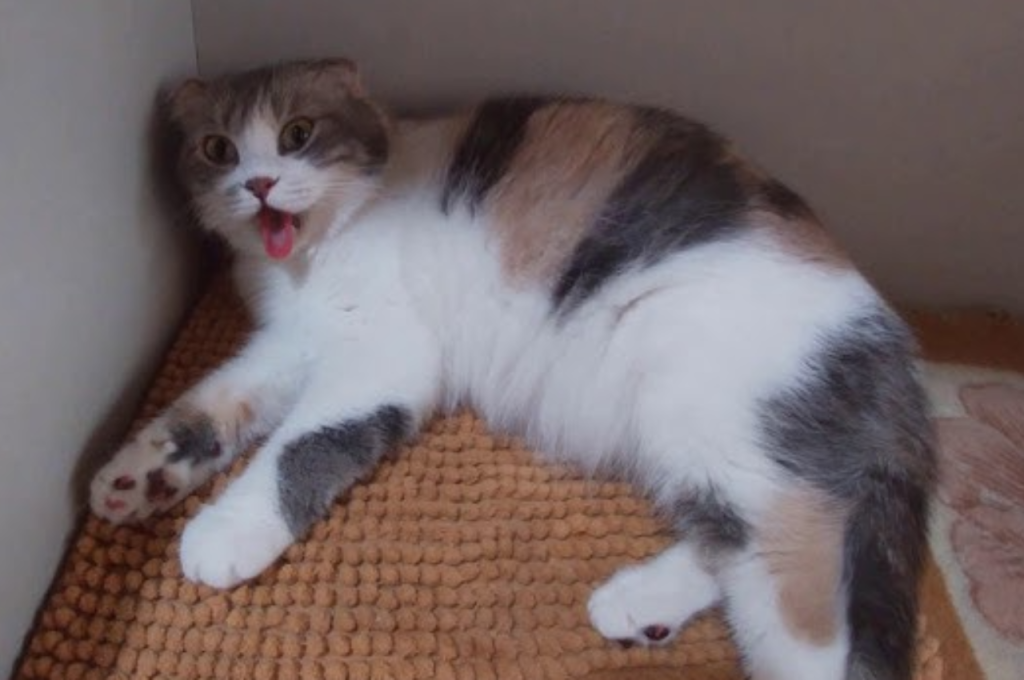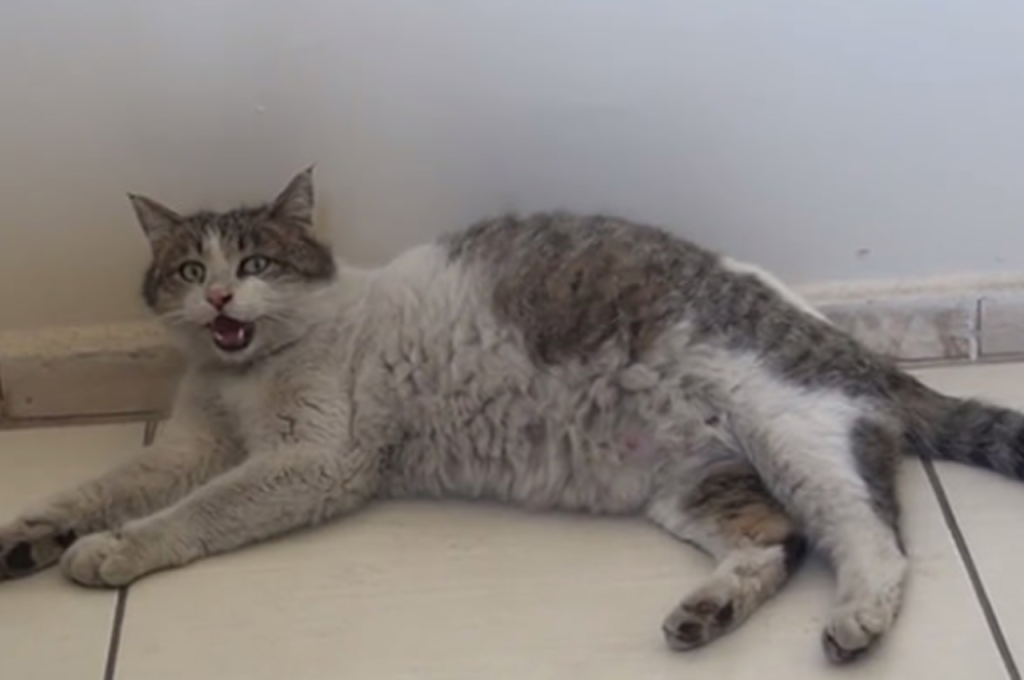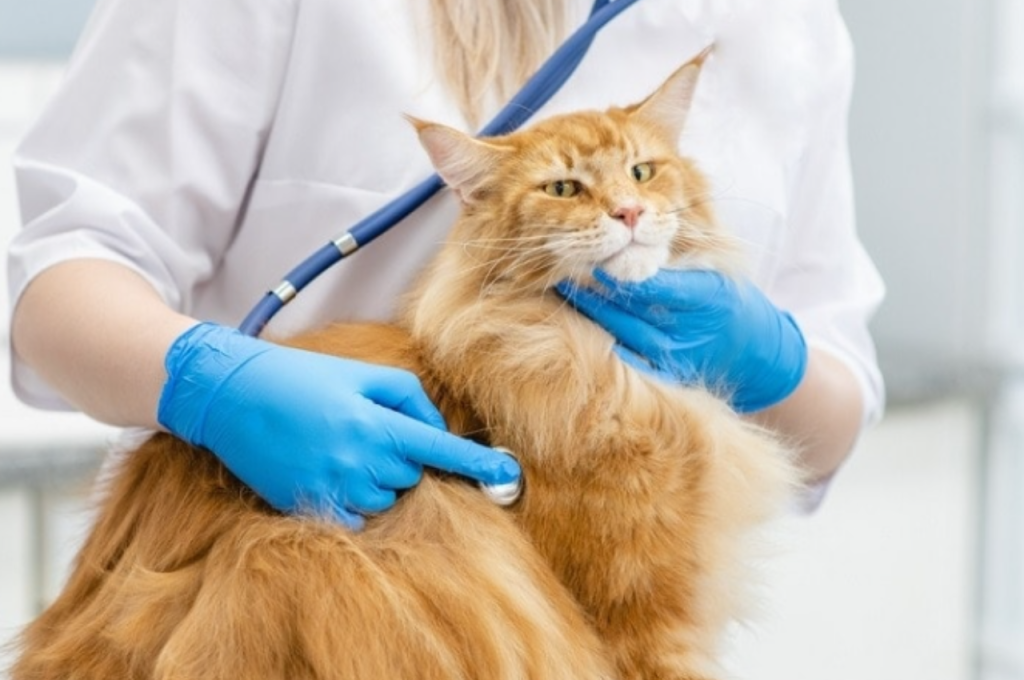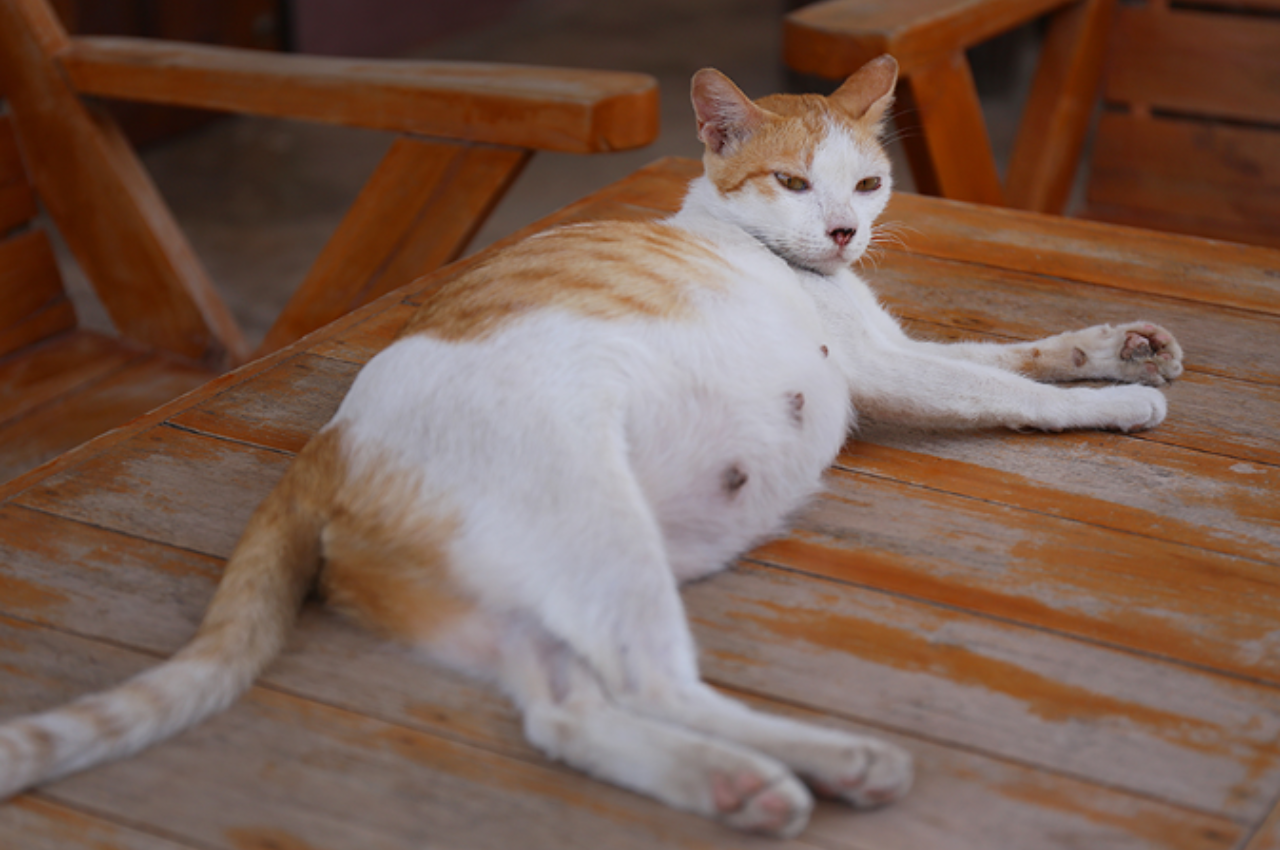To comfort a cat in labor, provide a quiet and secluded space for her, ensuring she feels safe and secure. Offer gentle reassurance and avoid disturbing her during the process.
Welcoming a litter of kittens into the world is an exciting yet challenging time for both the cat and her owner. As a responsible pet parent, it is crucial to provide comfort and support to the mother cat during labor. By creating a calm and stress-free environment, you can help alleviate her anxiety and ensure a smoother birthing experience. In this blog post, we will explore effective ways to comfort a cat in labor, focusing on providing the necessary care and attention she needs during this critical phase. So, let’s dive in and learn how to make this journey as comfortable as possible for both the mother cat and her precious offspring.
Recognizing Signs of Cat Labor
During cat labor, it’s important to recognize signs of distress and discomfort. To comfort your cat, create a quiet and warm environment, offer soothing words and gentle touches, and provide support throughout the delivery process.

Early Signs of Labor
During the early stages of cat labor, there are several key indicators to look out for. Behavioral changes can provide insight into your cat’s impending delivery.
Behavioral Changes
- Restlessness and pacing
- Nesting behavior
- Decreased appetite
- Increased vocalization
These signs can help you prepare and provide comfort to your cat during this crucial time.
Preparing for The Birthing Process
During the birthing process, it is crucial to comfort your cat in labor by creating a quiet and cozy space, offering gentle petting and reassurance, and providing access to fresh water and nutrition. Additionally, staying calm and supportive can help ease your cat’s stress and promote a smoother delivery experience.
Creating a Safe Space
When preparing for the birthing process, creating a safe space for your cat is crucial. Find a quiet and secluded area where she can give birth comfortably. Keep in mind that cats can be very particular about their birthing environment, so ensure that the space is warm, quiet, and secure. Provide a nesting box lined with clean towels or blankets for her to give birth in.
Gathering Necessary Supplies
Being well in advance can help ensure a smooth birthing process. Some essential supplies to have on hand include clean towels for drying the kittens, a heating pad or hot water bottle to maintain a warm environment, and a digital thermometer to monitor the mother’s temperature. Additionally, keep a contact number for your veterinarian easily accessible in case of any emergencies.
The Role of a Supportive Companion
When it comes to comforting a cat in labor, the role of a supportive companion is crucial. Providing reassurance, comfort, and assistance can greatly benefit the mother cat during this challenging time. Understanding the different ways to offer support can make a significant difference in helping the cat feel safe and secure.
Being Present
Being physically present with the cat during labor can offer a sense of security and comfort. Your presence can help the cat feel less anxious and provide a source of familiarity during a potentially stressful experience.
Knowing When to Intervene
Observing the cat’s behavior is essential to knowing when to intervene. Look for signs of distress or complications, such as prolonged straining without producing kittens, excessive bleeding, or signs of extreme pain. If any concerning symptoms arise, contacting a veterinarian is crucial for ensuring the well-being of the cat and her kittens.
Monitoring The Labor Progress
Comforting a cat in labor can be a challenging task, but monitoring the labor progress can help ease the process. Providing a quiet and comfortable environment, offering food and water, and staying calm and patient can also help keep the cat relaxed during labor.
When your pregnant cat is about to give birth, it is essential to monitor her labor progress. This includes timing the contractions and assessing for any complications that may arise. Here are some tips for monitoring your cat’s labor progress:
Timing The Contractions
Timing the contractions is an important part of monitoring your cat’s labor progress. You can do this by observing your cat’s behavior and the frequency of her contractions. Contractions usually occur every 15-30 minutes, and they become more frequent as the labor progresses. Use a stopwatch or timer to keep track of the duration of each contraction. If the contractions last longer than 60 seconds or occur less than 10 minutes apart, it may indicate a complication.
Assessing for Complications
Assessing for complications is another critical aspect of monitoring your cat’s labor progress. Complications can arise during the labor, which may require immediate veterinary attention. Some signs of complications include prolonged labor, excessive bleeding, or the presence of discharge that smells foul. If you notice any of these signs, contact your vet right away. By monitoring your cat’s labor progress, you can ensure that she is comfortable and safe throughout the birthing process.

Timing the contractions and assessing for complications are crucial steps that can help you identify any potential problems and seek veterinary help when needed. Remember to provide your cat with a warm, quiet, and comfortable environment, and offer her plenty of food and water. With proper care and attention, your cat can have a safe and successful delivery.
Comfort Measures During Labor
Comfort measures during labor play a crucial role in ensuring a smooth and stress-free experience for a cat giving birth. By providing the right environment and implementing soothing techniques, you can help your cat feel secure and comfortable during this important time.
Soothing Techniques
- Gentle stroking and soft verbal reassurance can help calm the cat.
- Warm blankets or heating pads provide comfort and relaxation.
- Dim lighting in the birthing area promotes a sense of security.
Environmental Comfort
- Quiet surroundings are essential for reducing stress during labor.
- Comfortable bedding allows the cat to rest and deliver her kittens comfortably.
- Maintain a consistent temperature to keep the environment cozy.
Post-birth Care for The Mother
During the post-birth period, it’s important to provide a comfortable and calm environment for your cat. Offer a quiet, secluded space with soft bedding and keep disturbances to a minimum. Ensure she has access to fresh water and food, and monitor her closely for any signs of distress.
After giving birth, cats need proper care and attention to ensure they recover quickly and comfortably. As a pet owner, it’s your responsibility to take care of the mother cat or queen to make sure she is healthy and happy. Here are some important tips on how to provide post-birth care for the mother cat.
Health Check for The Queen
It’s crucial to perform a health check on the mother cat after giving birth to ensure that she is healthy and there are no complications. Check her vaginal area for any signs of infection or excessive bleeding. You should also monitor her temperature, as an elevated temperature could be a sign of an infection.
Nutritional Support
Proper nutrition is essential for the mother cat to recover from the labor and to produce healthy milk for her kittens. Ensure that she has access to fresh water and a well-balanced diet that includes protein and other essential nutrients. You can also offer her supplements or a specially formulated diet for lactating cats.
Postpartum Care
The mother cat needs a comfortable and quiet place to rest and recover after giving birth. Place her and her kittens in a warm and quiet room away from any distractions or loud noises. Keep the litter box close by, and make sure it’s clean and easily accessible for her. In conclusion, post-birth care for the mother cat is crucial for her health and well-being. Providing her with proper care and attention will ensure a smooth recovery and a happy and healthy litter of kittens.
Caring for Newborn Kittens
During labor, provide a quiet, warm, and private space for your cat. Offer gentle reassurance and comfort by speaking softly and providing gentle strokes. Ensure the environment is calm to help the cat feel safe and secure during this critical time. Caring for newborn kittens involves ensuring proper feeding, and keeping them warm and safe.
Ensuring Proper Feeding
Ensuring proper feeding is crucial when caring for newborn kittens. Kittens should be fed every two to three hours, especially during the first few weeks of life. If the mother cat is present, ensure she is nursing the kittens properly. If not, you’ll need to bottle-feed them using a kitten-specific milk replacer, as regular cow’s milk can cause digestive issues. Keep the feeding equipment sterile and follow the feeding guidelines based on the kittens’ age and weight. Additionally, monitor their weight gain to ensure they are growing healthily. Proper feeding helps the kittens develop strong immune systems and ensures healthy growth during this critical stage of life.
Keeping Them Warm and Safe
Keeping newborn kittens warm and safe is essential for their survival, as they cannot regulate their body temperature on their own. Create a cozy, draft-free space by providing a soft blanket or towel in a warm, enclosed area. Use a heating pad or hot water bottle wrapped in a cloth to gently warm their space, but ensure it’s not too hot to avoid burns. Monitor their temperature frequently and make sure they are always dry. Keep them close to their mother if she’s present, as her body heat and care are vital. Ensure the environment is quiet and free from any potential hazards, giving the newborns a secure and nurturing space to thrive.
When to Seek Veterinary Help
During a cat’s labor, if you notice prolonged straining without the birth of a kitten, excessive bleeding, or signs of distress, it’s crucial to seek veterinary help promptly. Providing a quiet, warm, and comfortable environment can help comfort the cat during labor. Offering support and gentle encouragement can also help ease her through the process.

Recognizing Emergencies
If cat shows signs of distress, seek veterinary care immediately. Signs include excessive bleeding or prolonged labor with no kittens born.
Post-labor Health Concerns
Monitor cat for any abnormal symptoms after giving birth. Common issues include fever, lethargy, or lack of appetite. If cat experiences severe pain, prolonged labor, or more than 30 minutes between kittens, contact a vet.
Conclusion
Providing comfort to a cat in labor is crucial for their well-being and the smooth delivery of their kittens. By creating a calm and safe environment, offering gentle support, and monitoring their progress, you can help alleviate their anxiety and ensure a positive birthing experience.
Remember to consult a veterinarian for any concerns or complications that may arise. With these tips, you can help your cat through this natural process and promote their overall health and happiness.
